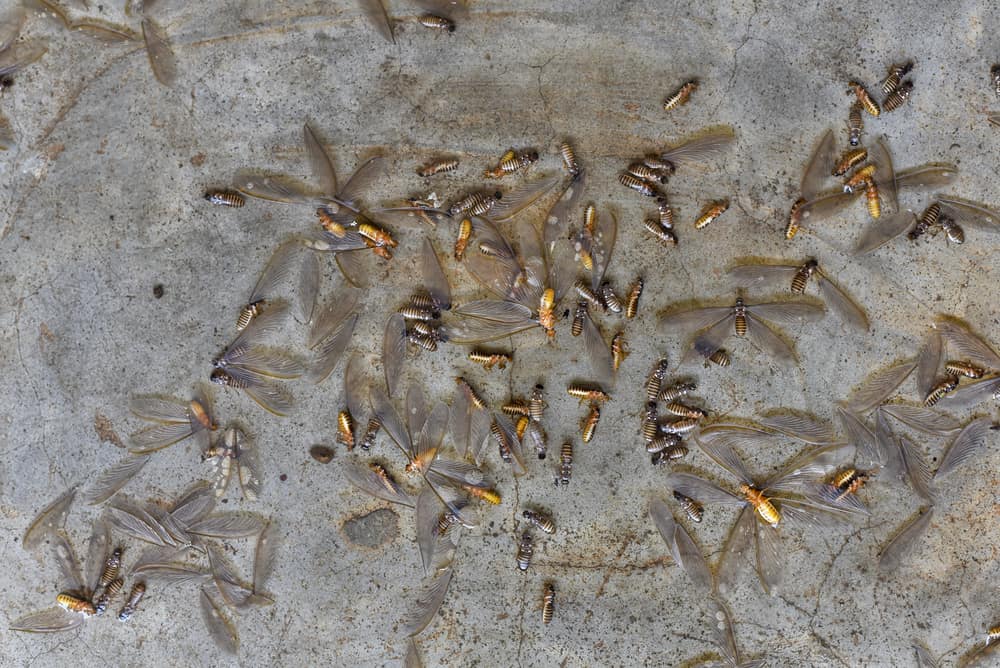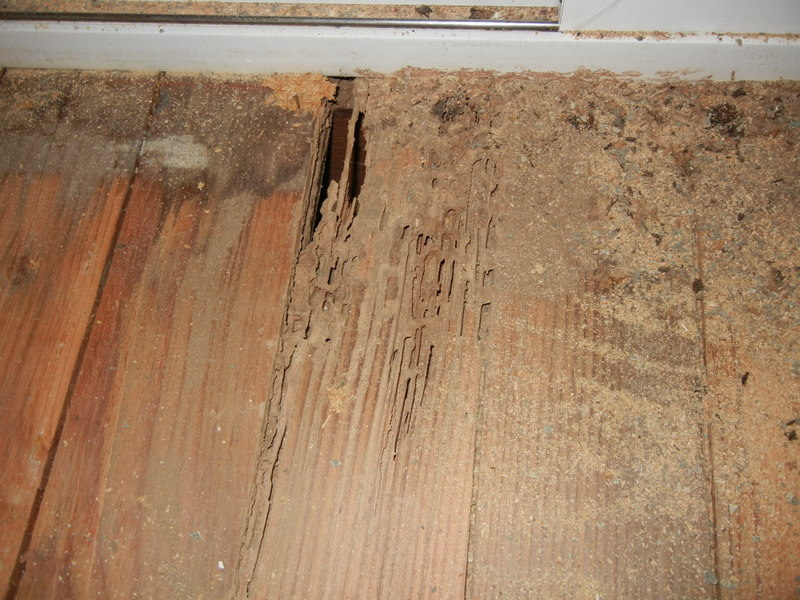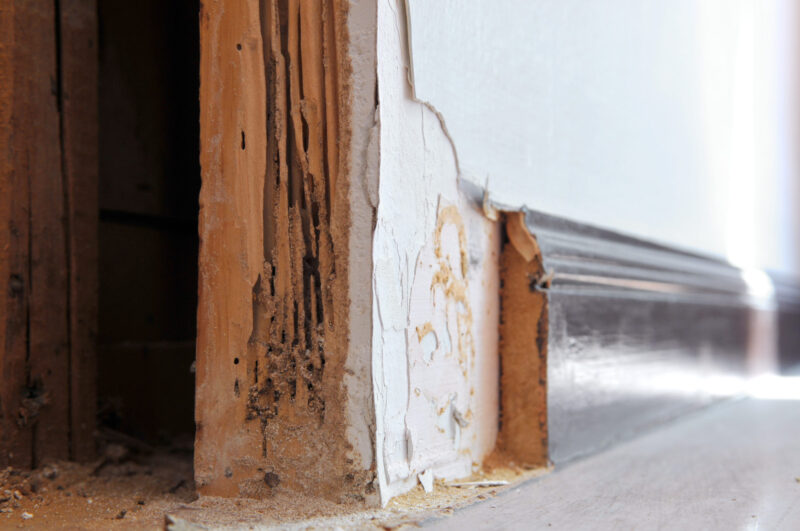Termites are often dubbed the silent destroyers for a reason—these tiny invaders can wreak havoc on a home before their presence is ever suspected. They thrive in hidden spaces, making them particularly elusive and hard to detect.
As homeowners, the stakes are high; the longer these pests feast on your property, the greater the potential for costly damage. Thus, knowing how to confirm their presence is of utmost importance.
In this article, we will explore a variety of effective methods to identify termite infestations, ranging from the telltale signs of their activity to advanced detection technologies. Whether you’re a seasoned homeowner or a first-time buyer, understanding how to spot these wood-consuming foes could save you time, money, and untold frustration.
Let’s journey into the world of termites and arm ourselves with the knowledge to combat their insidious threat.
Introduction to Termite Detection

Termite detection is a vital component in maintaining the integrity of structures and safeguarding homes from the destructive forces of these wood-destroying pests. Hidden behind walls, under floors, or in damp corners of the garden, termites can cause extensive damage before their presence is even suspected.
Knowing how to effectively identify their signs can save homeowners from costly repairs and stress. From the subtle droppings resembling sawdust to the audible sounds of tunneling, recognizing the various indicators of termite activity requires a keen eye and understanding.
Moreover, the arsenal of detection methods ranges from traditional visual inspections and bait systems to more sophisticated technologies like thermal imaging and acoustic sensors. Each technique boasts unique advantages, and choosing the right approach can make all the difference in establishing whether these unwelcome insects have taken residence within your property.
Visual Inspection Techniques

Using Moisture Meters

Using moisture meters is an invaluable method for confirming the presence of termites, as these pests are often attracted to damp environments. By measuring the moisture content within wood and surrounding structures, homeowners can pinpoint areas that may be conducive to termite infestations.
A high reading on a moisture meter can suggest not just the risk of termite activity but also potential water damage, which may be creating a perfect breeding ground for these destructive insects. The process is relatively straightforward; the device is simply pressed against the surface, revealing moisture levels that can provide insights into the integrity of the material.
However, it’s important to remember that while moisture meters are a useful tool, they should be part of a broader inspection strategy, complementing visual checks and other detection methods. This multifaceted approach ensures that all bases are covered, safeguarding homes from the hidden dangers termites can pose.
Conclusion
In conclusion, effectively confirming the presence of termites is crucial for safeguarding your home from the destructive impact of these pests. By employing a combination of methods such as visual inspections, moisture meters, and acoustic sensors, homeowners can gain a comprehensive understanding of any potential infestations.
Additionally, while termite tenting remains a highly effective treatment for established infestations, proactive detection is key to early intervention. Emphasizing regular inspections and vigilance not only helps in identifying termite activity early on but also ensures that your property remains safe and protected from these wood-destroying insects.
By staying informed and utilizing the appropriate methods, you can take the necessary steps to preserve your home’s structural integrity.


